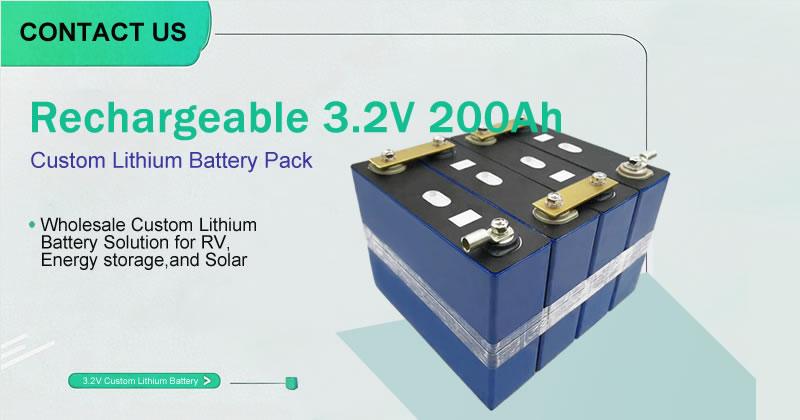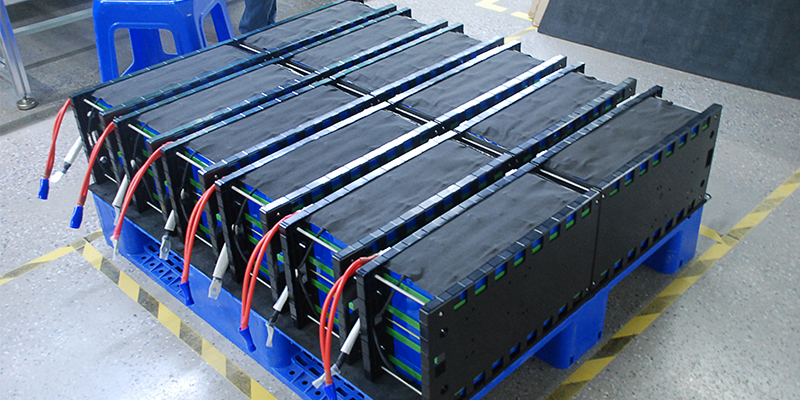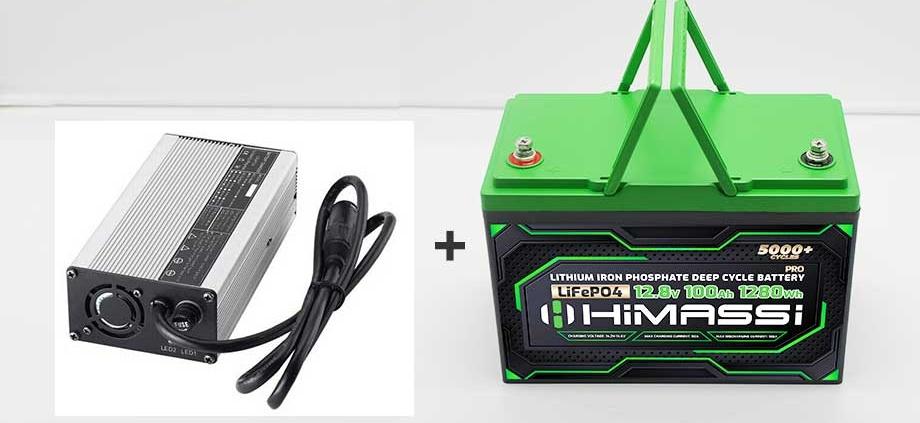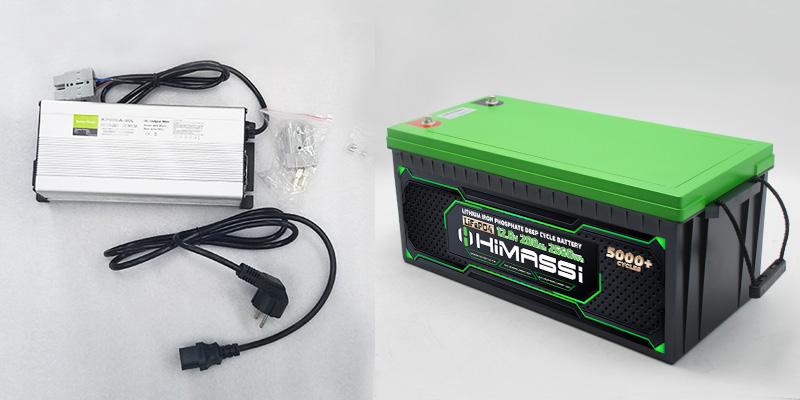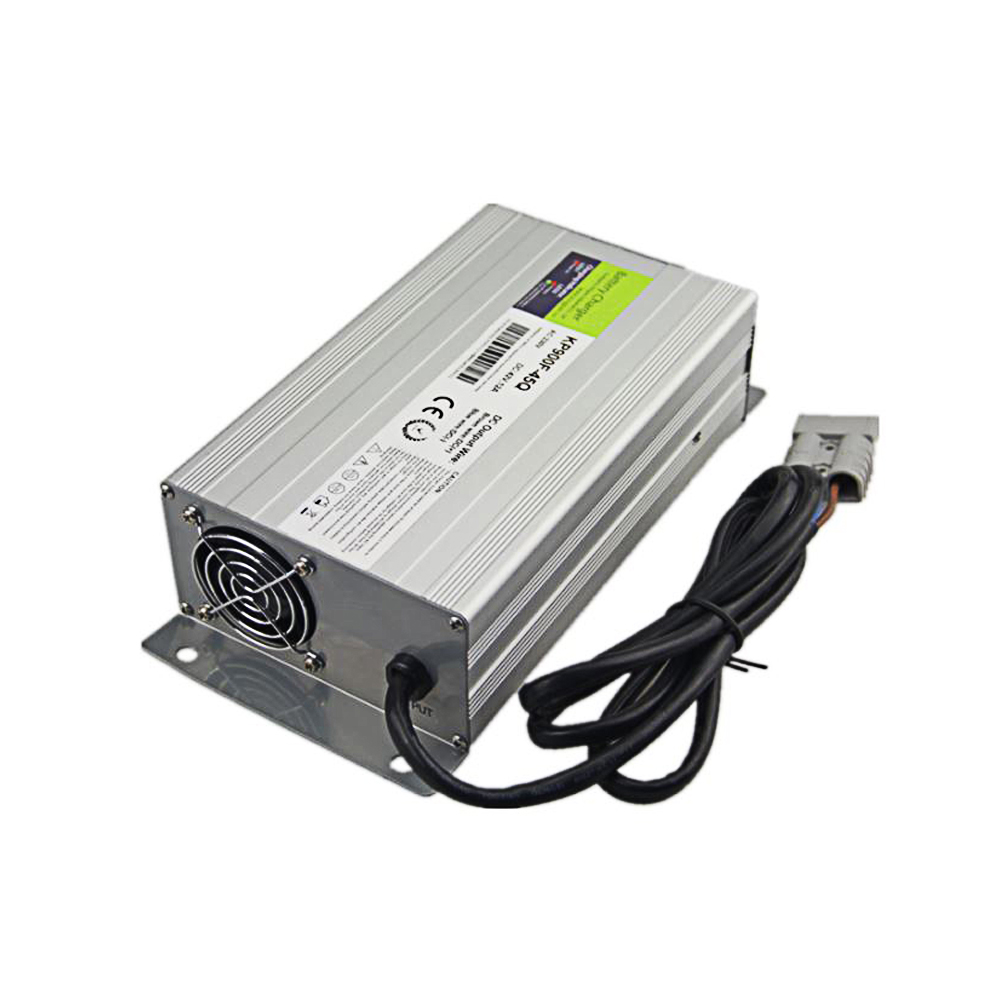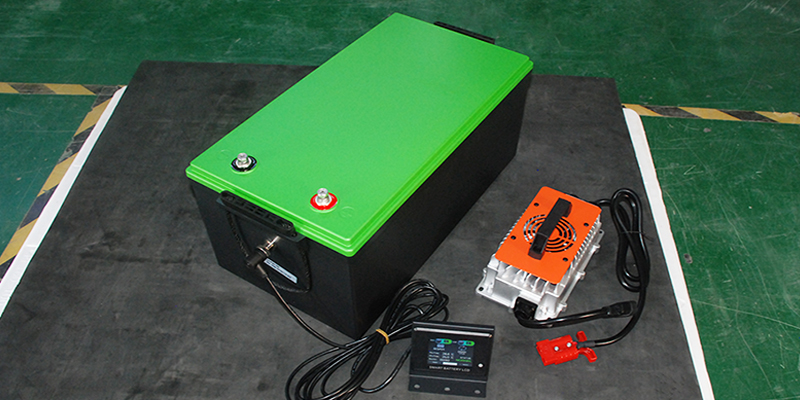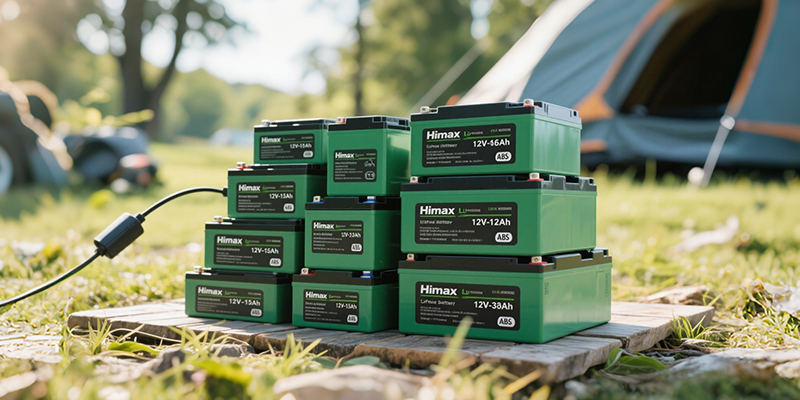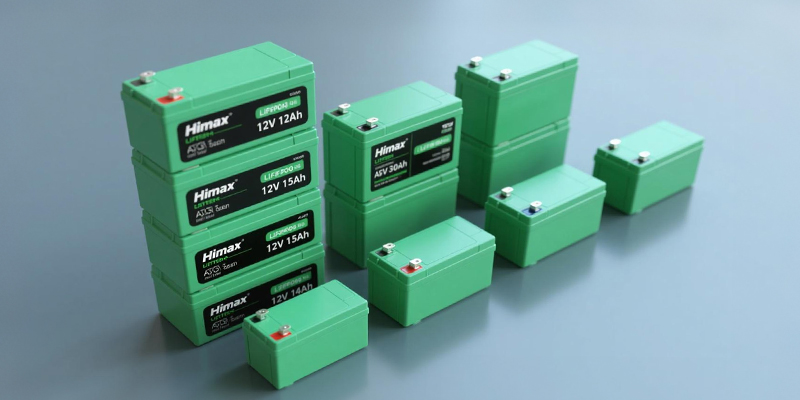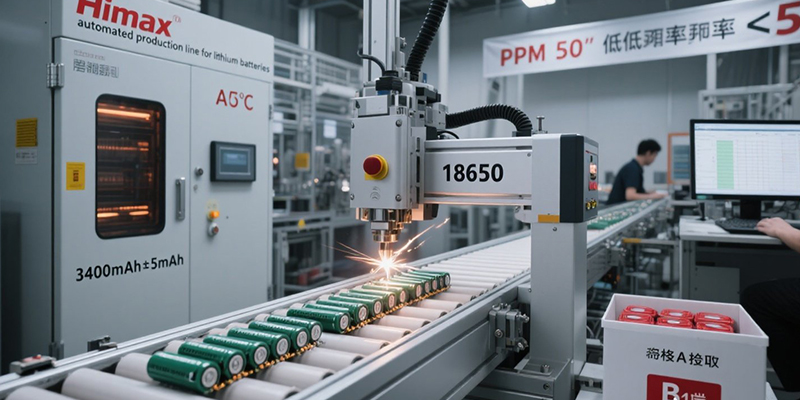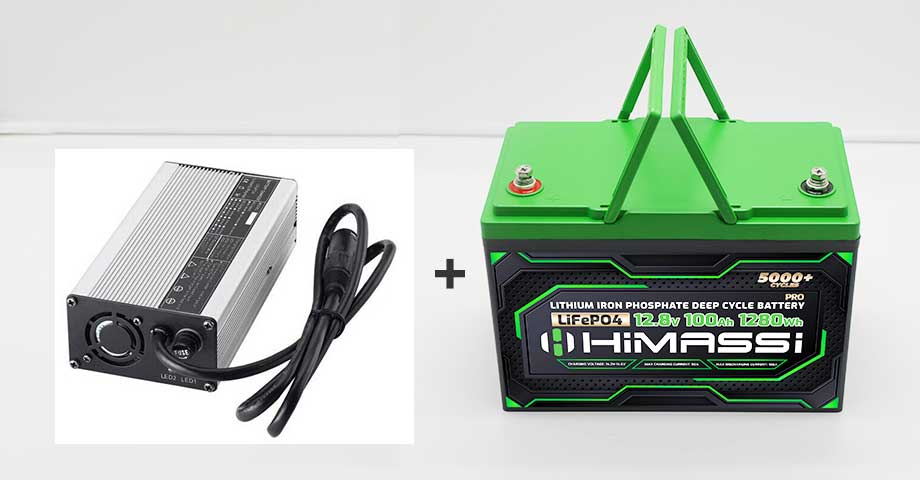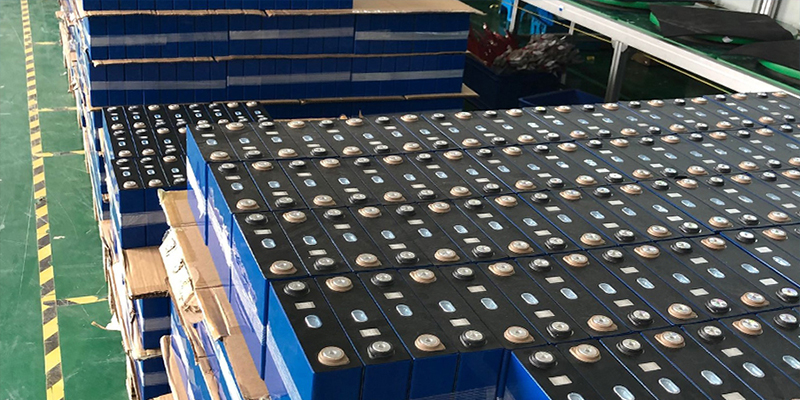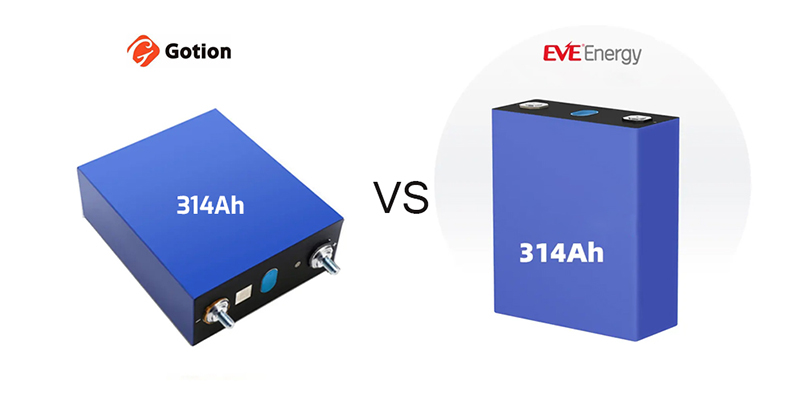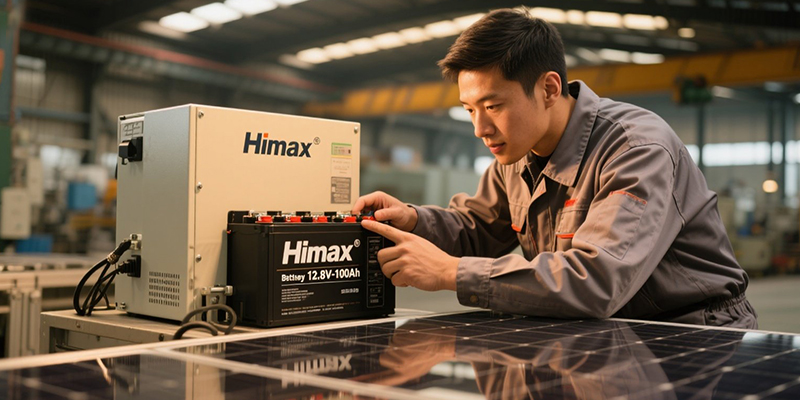In the wave of energy transformation, off-grid power systems shine like a beacon, illuminating corners untouched by traditional grids. From remote mountain villages to bustling industrial mining sites, off-grid systems, with their independence and flexibility, are becoming synonymous with energy autonomy. At the heart of this revolution, 48V industrial lithium batteries stand out as an energy “superhero,” delivering a staggering 300% efficiency boost and redefining the possibilities of off-grid applications. What makes this battery so exceptional? How is it igniting new hope for energy worldwide? Let’s dive in.
Off-Grid Power: The Starting Point for Energy Freedom
Picture a remote wilderness village glowing with light despite no grid connection, or critical equipment running smoothly during a storm-induced blackout. Off-grid power systems make this a reality. Independent of traditional grids, these systems harness renewable energy sources like solar or wind, paired with efficient storage solutions, to provide reliable electricity. They empower users with energy autonomy, enable flexible deployment in remote areas, reduce long-term energy costs, and shrink carbon footprints, paving the way for a greener future.
Compared to centralized grids, off-grid systems are unbound by outages and can reliably power communication towers, agricultural irrigation, or even homes in extreme conditions. However, the heart of any off-grid system is its energy storage, and the 48V industrial lithium battery is a game-changer in this space.
48V Lithium Batteries: Pioneers of Technological Breakthroughs
Why do 48V industrial lithium batteries stand out in off-grid applications? The answer lies in their technological advancements. Compared to traditional lead-acid batteries, 48V lithium batteries are like all-star athletes, excelling in energy density, lifespan, efficiency, and environmental adaptability.
First, their energy density is a game-changer. Using high-nickel ternary cathode materials and silicon-carbon composite anodes, next-generation 48V lithium batteries achieve an energy density exceeding 200Wh/kg—three times that of lead-acid batteries. This means more energy in a smaller package, making equipment lighter and installations more flexible. Imagine the value of this in space-constrained settings like communication towers or mobile microgrids.
Second, their extended lifespan makes them a “longevity superstar.” With advanced battery management systems (BMS) and optimized electrolytes, 48V lithium batteries can handle 4,000–6,000 cycles, translating to over a decade of daily charge-discharge use. In contrast, lead-acid batteries last only a fifth as long, and frequent replacements drive up costs and disrupt system stability.
Third, their charging and discharging efficiency ensures every watt is maximized. With system efficiency above 95%, compared to 60–70% for traditional storage systems, energy loss is nearly halved. This means every ray of sunlight or gust of wind captured by solar panels or wind turbines is converted into usable power more effectively.
Finally, their wide temperature range makes them resilient in extreme environments. From Siberia’s freezing cold to the Sahara’s scorching heat, 48V lithium batteries operate reliably between -30°C and 60°C. Specialized thermal management ensures consistent performance, providing robust energy solutions for remote regions.

300% Efficiency Boost: The Synergy of Technology and Intelligence
A 300% efficiency boost sounds like a miracle, but it’s the result of technology and intelligence working in harmony. How does the 48V lithium battery achieve this? Let’s explore four key pathways.
The upgraded voltage platform is a major contributor. Compared to traditional 12V or 24V systems, the 48V platform reduces current for the same power output, cutting line losses by about 70%. For a 5kW system, a 12V setup requires roughly 417A of current, while a 48V system needs only 104A. Lower current reduces heat generation and extends the lifespan of cables and connectors.
Intelligent energy management is the unsung hero. The advanced BMS acts as the battery’s “brain,” using precise state-of-charge (SOC) estimation (with less than 3% error), dynamic balancing, and optimized charge-discharge curves to maximize energy use. Voltage differences within battery cells are kept below 50mV, enhancing overall lifespan and system stability.
Optimized depth of discharge unlocks more potential. Traditional lead-acid batteries safely discharge only 50% of their capacity, while 48V lithium batteries reach 80–90%. This means nearly double the usable energy from the same capacity, offering greater flexibility for off-grid systems.
Low standby power consumption ensures efficiency during long-term operation. With a self-discharge rate of just 3% per month and standby power below 10W—compared to over 50W for traditional systems—these batteries minimize energy waste in scenarios like remote microgrids or communication towers.
Global Impact: Real-World Examples of Off-Grid Success
The exceptional performance of 48V industrial lithium batteries has been proven in diverse global applications, from vast Australian mining sites to remote Himalayan villages, delivering efficiency and reliability.
In an Australian mining operation, a 1MWh 48V lithium battery storage system paired with a 500kW solar array replaced high-pollution diesel generators. Storing 2,000 kWh of solar energy daily, it meets round-the-clock energy needs, recouped its investment in 3.2 years, and cuts diesel use by 150,000 liters annually, contributing to environmental conservation. This system acts like a green energy fortress, powering continuous operations.
In Southeast Asia, a telecom operator upgraded 1,200 base stations from lead-acid to 48V lithium batteries. The results were striking: backup time extended from 8 to 24 hours, maintenance intervals stretched from 3 months to 2 years, energy costs dropped 45%, and battery volume shrank by 60%. These base stations gained new life, reliably connecting remote communication networks.
In a California farm, a 48V lithium battery system paired with solar panels powers a 7.5kW water pump for 6 hours daily, fully off-grid, saving over $80,000 in energy costs over five years. The system intelligently adjusts irrigation based on soil moisture, acting like a smart farmer to meet crop needs precisely.
In the Himalayas, a 200kWh 48V microgrid paired with a small hydropower plant provides 24-hour electricity to 50 households. It slashed energy costs by 80%, lighting up nights and sparking hope. Children study under bright lights, and families use modern appliances, transforming lives.
Designing Off-Grid Systems: From Concept to Reality
To fully harness the potential of 48V lithium batteries, system design is critical. First, capacity matching is essential. Designers must calculate battery capacity based on load characteristics and autonomy days using the formula: Battery Capacity (Ah) = [Daily Energy Consumption (Wh) × Autonomy Days] / [System Voltage (V) × Depth of Discharge]. This ensures the system meets real-world needs.
Temperature management is equally vital. In extreme climates, heating or cooling devices ensure stable operation. For safety, battery packs should meet IP65 protection standards, include dedicated circuit breakers and fuses, and maintain proper ventilation. Remote monitoring systems provide real-time insights into battery status, charge-discharge rates, and alerts, keeping users informed.
Looking Ahead: The Infinite Possibilities of Off-Grid Energy
The future of 48V industrial lithium batteries is boundless. Solid-state battery technology, expected to commercialize after 2026, will boost energy density by 50%. AI-driven predictive maintenance can detect potential faults three months in advance. Vehicle-to-grid (V2X) technology enables deeper integration with energy-consuming devices, while closed-loop recycling processes will push material recovery rates above 95%. These innovations could drive off-grid system efficiency up by another 30–50%, making energy freedom more accessible than ever.
About HIMAX 48V Industrial Lithium Batteries
HIMAX, a leading provider of lithium battery solutions, offers a 48V industrial lithium battery series tailored for off-grid applications. Key features include ultra-long lifespan (6,000 cycles, over 10 years), high energy density (205Wh/kg, saving 30% installation space), wide temperature operation (-30°C to 60°C for all climates), intelligent management (4G/WiFi remote monitoring for real-time system insights), and safety/reliability (certified by UL1973, IEC62619, and more). Successfully deployed in over 500 global off-grid projects, including communication towers, solar storage, and industrial backup power, HIMAX provides end-to-end services from design to installation, helping clients achieve their energy transition goals.
